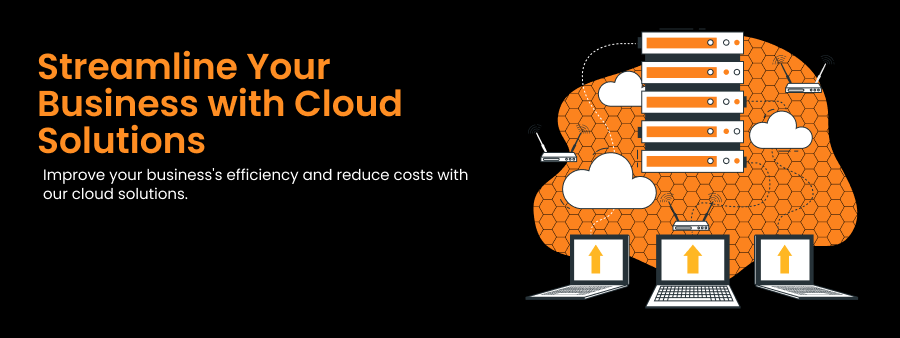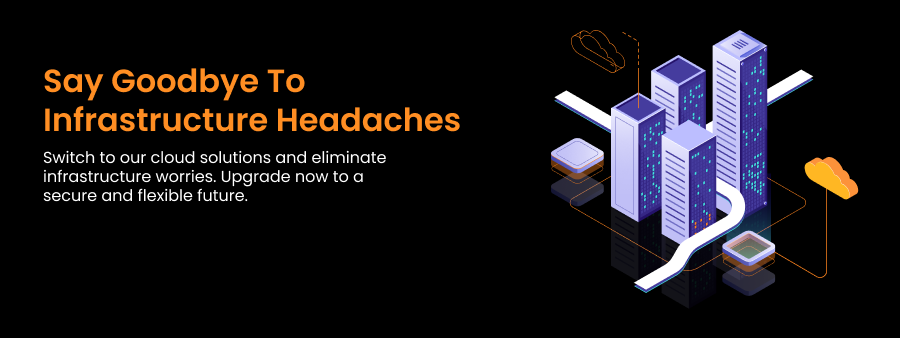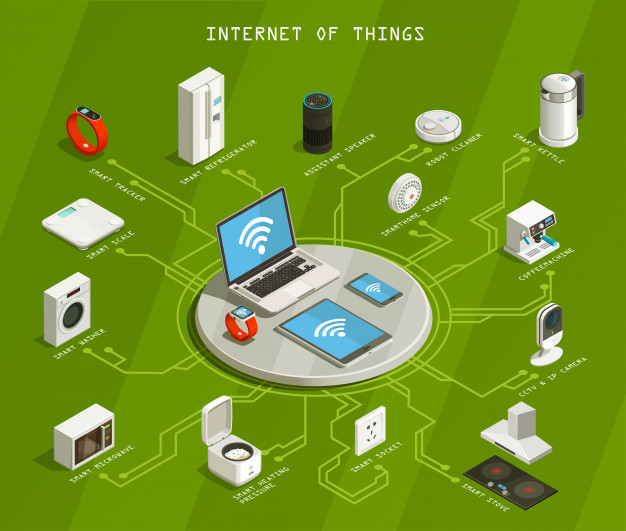Micro-segmentation is a network security technique that involves breaking a network into small, isolated parts/segments to achieve a higher level of security, limiting the potential impact of a security breach. Each microsegment (workload or application) treated as a separate zone with its unique security policies, making it more difficult for cybercriminals to move laterally within the network if they breach one segment.
It goes beyond traditional network segmentation which typically divides a network into larger subnets or VLANs. It allows administrators to define certain protection regulations and restrict access to confidential data as well as million-worth applications and services.
Why is micro-segmentation important?
Micro-segmentation is an effective approach for boosting network security, limiting the potential impact of security breaches, and ensuring compliance with industry regulations.
Some reasons for its importance are:
-
Upgraded Security:
By dividing a network into smaller components, micro-segmentation reduces the network’s attack surface, making it harder for hackers to continue moving forward across the network to access sensitive data or systems.
-
Granular Access Controls:
Micro-segmentation enables organizations to implement granular access controls and restricted access to specific applications or services based on user roles, device type, location, and other factors.
-
Compliance:
Many regulatory frameworks, such as PCI DSS and HIPAA, require companies to have strong network segmentation controls to protect sensitive data. Micro-segmentation can help them meet these compliance requirements professionally and competently.
-
Better Resource Allocation:
It allows organizations to allocate resources more efficiently by dedicating resources to specific microsegments rather than deploying resources across the entire network.
How does micro-segmentation differs from traditional network segmentation?
The difference between Micro-segmentation from traditional network segmentation are:
-
Granularity:
Traditional network segmentation is a practice of dividing a network into larger subnets or VLANs, while micro-segmentation creates much smaller segments, allowing for more granular access control and security policies.
-
Dynamic Policies:
With traditional network segmentation, security policies are usually applied at the subnet or VLAN level and remain static. Micro-segmentation, however, allows for dynamic policies that can be applied at the individual workload or application level, allowing for more agile security measures.
-
Zero Trust:
Micro-segmentation operates on a zero-trust security model, where no device or user is automatically trusted, and access control is based on need-to-know principles. Traditional network segmentation may still rely on a trust-based model that automatically trusts specific segments.
-
Automation:
Micro-segmentation can be automated using software-defined networking (SDN) or network virtualization technologies, allowing for more efficient deployment and management. Traditional network segmentation may require manual configuration and management.
Overall, micro-segmentation is a more advanced approach to network segmentation that provides higher security and flexibility than traditional methods.
Planning & Implementing micro-segmentation policies
On the one hand, planning for micro-segmentation is important in upscaling network security and looking after business-focused assets from cyber threats. On the other hand, implementing micro-segmentation policies involves configuring the rules and guidelines that dictate how traffic flows through the network.
By identifying critical assets, creating a network map, and defining micro-segmentation policies, organizations can better protect their networks against cyberterrorism and reduce the risk of data breaches.
Here are the steps for micro-segmentation:
-
Identify Critical Assets:
Acknowledge the most vital assets found within your network, such as sensitive data, mission-critical applications, and high-value resources. These assets should be the focus of your micro-segmentation efforts. Let’s start pinning down the applications, data, and resources that direly demand timely segmenting.
-
Creating a Network Map:
Create a network map to identify all the devices, applications, and services to understand how data flows through your network and where to apply micro-segmentation policies.
-
Define Micro-Segmentation Policies:
Once you have enlisted your critical assets and created a network map, you can define micro-segmentation policies which should be based on the principle of least privilege, letting only authorized users and devices access specific resources. When defining policies, you should also consider other factors such as user roles, device type, location, and time of day.
-
Implement Micro-Segmentation:
Now, it is time to implement them. This can be done using software-defined networking (SDN) or network virtualization technologies. You may also need to update your network infrastructure, such as firewalls and routers, to support micro-segmentation.
-
Test and Monitor:
After deploying micro-segmentation, testing and monitoring your network to verify that policies are being enforced correctly with no vulnerabilities or gaps in your security is paramount. Regular testing and monitoring help highlight and address issues before they become major security threats.
By following these steps, you can effectively plan for micro-segmentation and guarantee your network is secure and compliant with industry regulations.
Best Practices for Micro-Segmentation Deployment
Selecting the appropriate deployment model is crucial to consider while implementing micro-segmentation. There are several deployment models, including host-based, network-based, and cloud-based. Each model has its benefits and drawbacks, and the choice will depend on your organization’s specific needs.
Deployment Models of Micro-segmentation:
-
Host-based Deployment Model:
The host-based deployment model involves implementing micro-segmentation at the host level, generally through software agents. This model is ideal for organizations with many virtual machines or containers that must be guarded individually.
-
Network-based Deployment Model:
The deployment model is all about deploying micro-segmentation at the network level using SDN or network virtualization technologies. It is a perfect pick for companies with complex networks that need to be kept away from the dangerous world.
-
Cloud-based Deployment Model:
The cloud-based deployment model refers to implementing micro-segmentation in cloud environments, such as public or private clouds. This model seems more suitable for firms that rely heavily on cloud services and must preserve data and applications in the cloud.
Here is a table comparing the three deployment models:
| Deployment Model | Benefits | Drawbacks |
| Host-based | Allows for individual segmentation of virtual machines or containers | It can be resource-intensive and may require additional software |
| Network-based | Secures the entire network and allows for centralized management | It may demand additional hardware and may be complex to set up |
| Cloud-based | Protects cloud environments and allows for easy scaling | May be limited by cloud provider capabilities and may require additional configuration |
By considering the benefits and drawbacks of each deployment model and evaluating your organization’s specific needs, you can choose the suitable deployment model for your micro-segmentation implementation.
Real-World Examples of Micro-Segmentation
Micro-segmentation is becoming increasingly popular as a security strategy in various industries. Here are some real-world examples of micro-segmentation implementation:
-
Financial Services:
Banks and financial institutions use micro-segmentation to secure networks and tactful financial data. Micro-segmentation helps them to comply with industry regulations and safeguard against cyber threats.
-
Healthcare:
Healthcare organizations use micro-segmentation to preserve their patient data. By segmenting their networks, they can isolate sensitive patient data and shelter it from uncertified access.
-
Retail:
Retail organizations use this approach for securing payment systems and customer data. Segmentation defends payment data from unauthorized access.
-
Manufacturing:
Manufacturing companies use micro-segmentation to save their industrial control systems (ICS) from cyber threats. By segmenting their ICS networks, they can shield critical production processes from disruption and avert cyber attacks that could result in costly downtime.
-
Government:
Government agencies are in favour of micro-segmentation as it takes care of their networks and confidential information. By segmenting their networks, they can isolate critical data and shield it from unaccredited access.
These are just a few examples of how micro-segmentation is being used in various industries to enhance network security.
Case studies of successful micro-segmentation deployments
Here are a few actual case studies of successful micro-segmentation deployments by different companies:
-
PayPal
PayPal, an American online payments system company, deployed a cloud-based micro-segmentation solution to keep their payment processing systems safe. Using a cloud-based approach, they could quickly and easily deploy micro-segmentation policies across their entire cloud infrastructure. This allowed them to isolate and safeguard their payment processing systems from other areas of their cloud network.
As a result, PayPal saw a significant reduction in security incidents related to payment processing systems.
-
Duke Energy
Network-based Micro-Segmentation: Duke Energy, an American electric power holding company, implemented network-based micro-segmentation to save its industrial control systems (ICS). Using a network-based approach, they could segment their ICS network and watch over their critical production processes from cyber threats. Duke Energy also used a zero-trust approach to ensure that only authorized devices had access to specific segments of their ICS network. The deployment resulted in a significant reduction in security incidents related to their ICS network.
-
Anthem
Host-based Micro-Segmentation: Anthem, an American health insurance company, utilized host-based micro-segmentation to shield patient data. Using a host-based approach, they could isolate sensitive data on individual servers and guard it against unauthorized access. They also used a zero-trust approach to make sure that only credited individuals from the staff had access to the servers. The deployment consequently improved data protection and compliance with industry regulations.
Conclusion
Micro-segmentation is a highly effective security approach that assists organizations in safeguarding their valuable assets and confidential data from cyber threats. This strategy involves dividing a network into smaller, more controllable sections, enabling companies to isolate and secure their essential data while minimizing the attack surface area for cybercriminals. Also, deploying micro-segmentation requires careful planning and consideration of the specific needs and requirements of the organization and network.
Choosing a suitable deployment model, creating effective policies, and working with experienced security professionals are important to promise a successful implementation.






